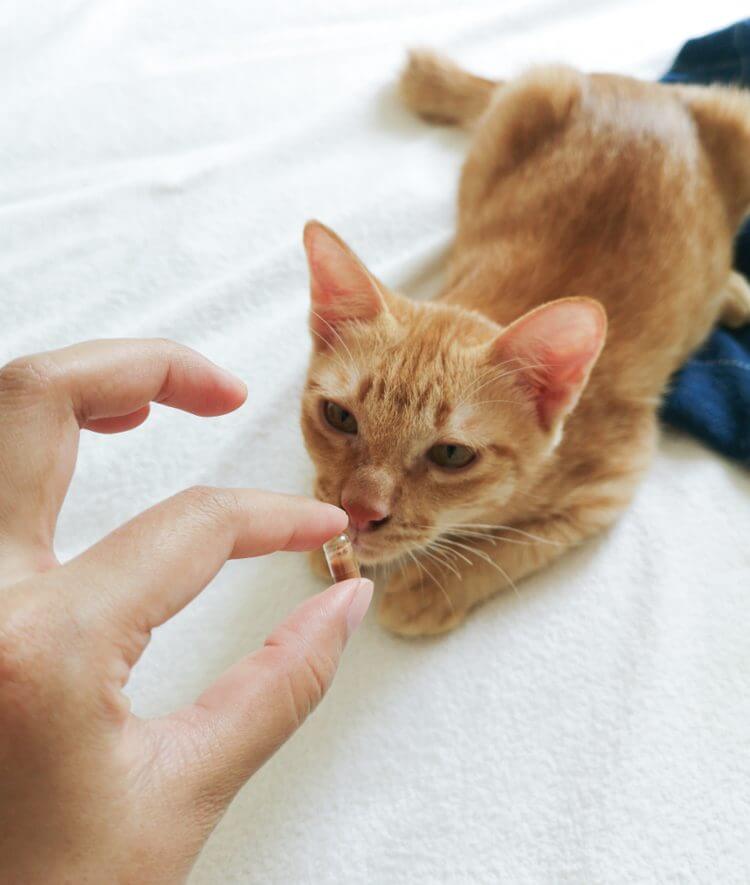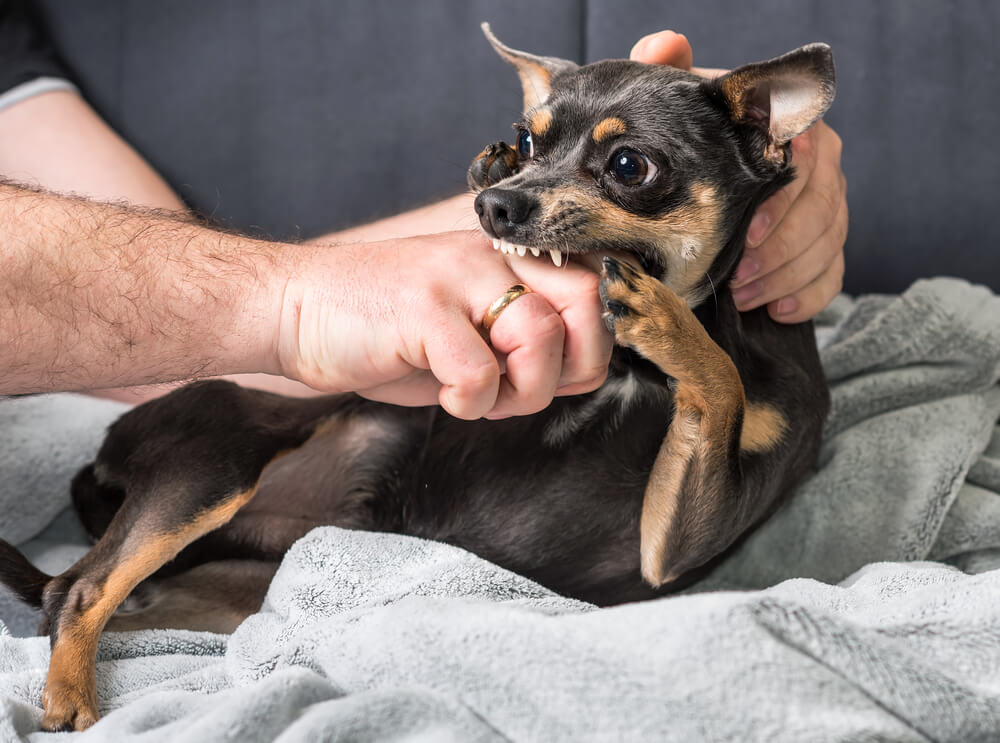
If having your pet diagnosed with a condition that requires medication was not stressful enough, now you have to figure out how to get your pet to take their prescribed medication. Never fear! Our professional team at Towne Centre Animal Hospital is here with our do’s and don’ts that will help you successfully medicate your pet.
DO talk to the prescribing veterinarian about your pet’s medications
If you are having trouble getting your pet to take their medication, your prescribing veterinarian may be able to offer another option that will appeal more to your pet. Certain drugs can be compounded so they have a tantalizing flavor, and others can be formulated to be absorbed through the skin, so they can be administered topically. An injectable medication can be an option for pets who are extremely averse to oral meds. You may be able to crush your pet’s prescription pill for easier administration, although crushing can reduce many drugs’ effectiveness, so always consult with your prescribing veterinarian before using this method.
DON’T let your pet know you are preparing their medication
Your pet is smart, and they can see, hear, and smell extremely well. Ensure your pet is in another room and distracted by another activity before preparing their medication. Be careful about rattling the pill bottle, or crinkling the foil packet. Also, wash your hands thoroughly before interacting with your pet, because they can smell the medication, and will know what’s about to happen.
DO disguise your pet’s medication
If your pet has a favorite treat, hide the medication inside the treat, and your pet will think they are being spoiled. For dogs, good choices include cheese, hot dogs, meatballs, liverwurst, and peanut butter. Cats may also appreciate peanut butter, but tend to prefer anchovy paste and tuna fish. Pill pockets designed to easily hide your pet’s pill while providing a yummy treat are also available.
DON’T be predictable when medicating your pet
After several days, your pet will likely realize that you are hiding disgusting pills inside yummy treats. Then, make several treats, and feed them several unmedicated treats, followed quickly by a medicated one, and more unmedicated treats. You can also make pilling them a game. Toss the treats one at a time and let your pet catch and swallow each one. They will be so focused on catching the treats that, hopefully, they will not realize they have been dosed.
DO trick your pet when medicating them
Pets think human food is the best, and if you pretend to eat their medication, they may be excited to try the morsel for themselves. Another way to trick your pet is to “accidentally” drop a medicated treat while you prepare your family’s dinner. Your pet will think they snatched prime cuisine.
DON’T be stingy when medicating your pet
If you have several household pets, they likely will be a little more enthusiastic about getting treats when everyone is involved. Gather all your pets together, and hand everyone a treat. Ensure that you slip the medicated treat to the correct pet. They will likely be so focused on ensuring that their buddies do not steal their treat that they will not notice the pill inside.
DO stay calm while medicating your pet
Your pet picks up on your anxiety and will reflect your emotion. If your behavior signals a stressful situation, your pet will make a negative association with the experience. This will only make each dosing more difficult. Praise your pet and lavish them with petting and positive reinforcement.
DON’T overfeed your pet when medicating them
So many extra treats can result in weight gain, which can be especially problematic for small dogs and cats. Keep track of the calories in the treats used to give the medications, so you can compensate at their next meal.
DO sully your pet’s paw when medicating them
If your pet’s pill can be crushed, or their medication is in liquid or powder form, you can mix the drug with peanut butter or anchovy paste, and spread the concoction on their paw. Most pets, especially cats, will lick away the material to return their hygiene to their usual status.
DON’T get bitten when medicating your pet

If you are pilling your pet by hand, ensure your hands are in the appropriate location, to avoid an accidental nip. For dogs, gently grasp their upper jaw, and fold the upper lip over their teeth as you open the mouth. Place the pill as far back in their mouth as possible, close their mouth, and massage their throat to stimulate swallowing. For cats, gently grasp their head with your thumb and fingers along their cheek bones, and proceed similarly. Pill guns are also available to help you place the pill in the back of your pet’s throat.
Medicating your pet can be frustrating, but if you follow these do’s and don’ts, you should be able to provide the treatment necessary for them to remain healthy. If you are having trouble medicating your pet, do not hesitate to contact our team at Towne Centre Animal Hospital to schedule an appointment.
